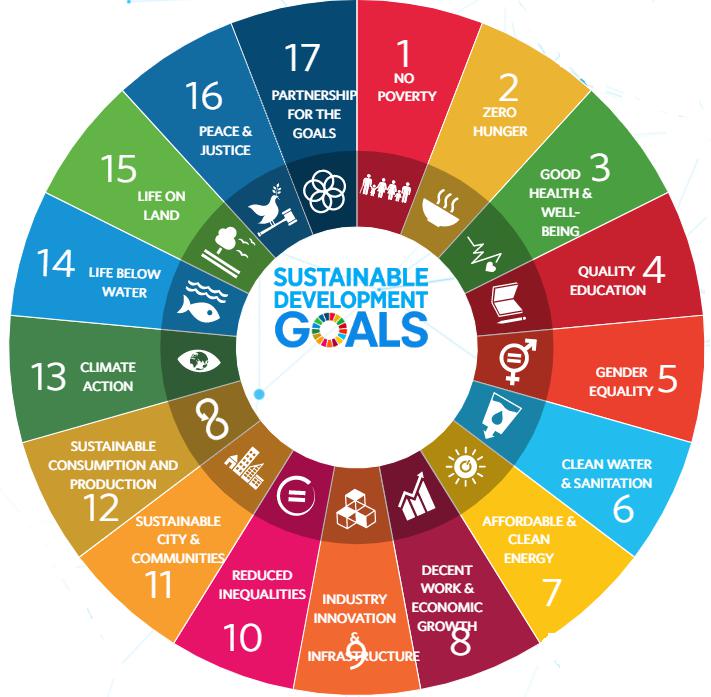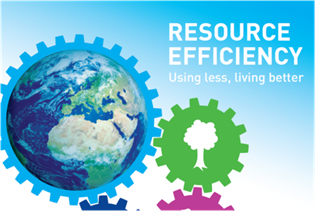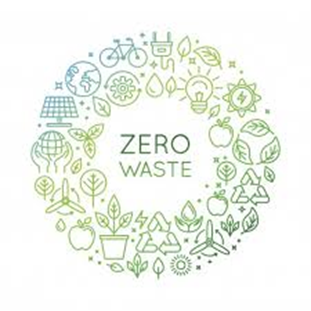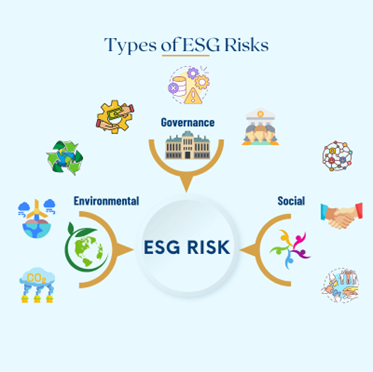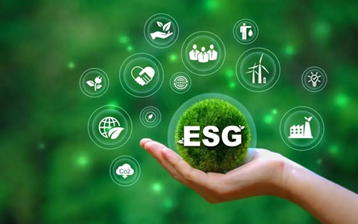
What is ESG?
Environmental, Social, and Governance
ESG stands for Environmental, Social, and Governance. It refers to a set of factors considered by companies when managing their operations and by investors when making investments. These factors help assess risks, impacts, and opportunities related to sustainability and ethical business practices.
ESG Factors
- Environmental Issues: Potential or actual changes to the physical or natural environment (e.g. pollution, biodiversity impacts, carbon emissions, climate change, natural resource use).
- Social Issues: Potential or actual changes on surrounding community and workers (e.g. health and safety, supply chain, diversity and inclusion).
- Governance: Corporate governance structures and processes by which companies are directed and controlled (e.g. board structure and diversity, ethical conduct, risk management, disclosure and transparency), including the governance of key environmental and social policies and procedures.
As ESG is emerging as an important strategy resulting in long-term value creation, the role, engagement, and accountability of the Board is substantial in terms of strategies, policies, oversight, and its integration into the business.
Why is ESG Important?
Companies should be concerned with ESG because it helps them do business in a way that is more consistent and aligned with their values and their stakeholders’ expectations. This approach minimizes risk and can help them avoid reputational damage. A company’s ESG performance also affects its bottom line, its ability to secure funding, or retain employees.




